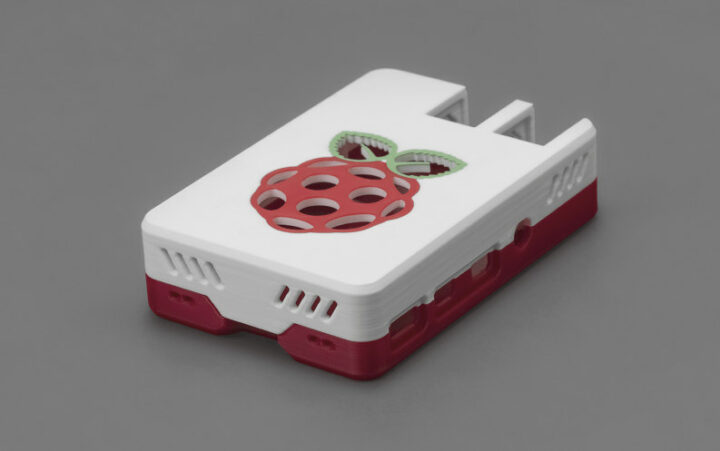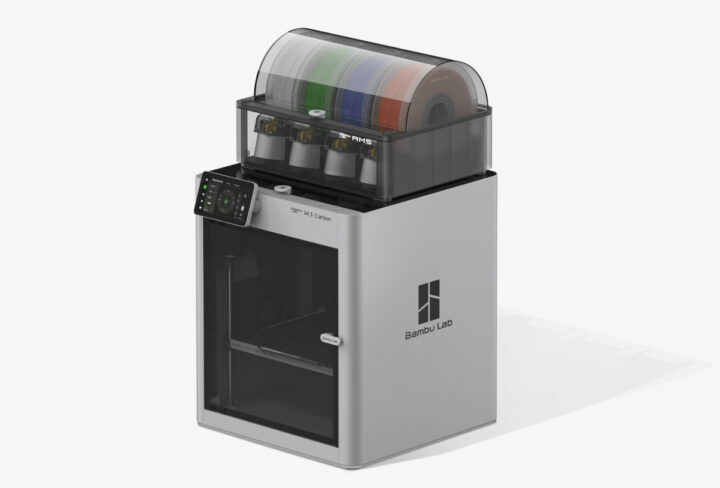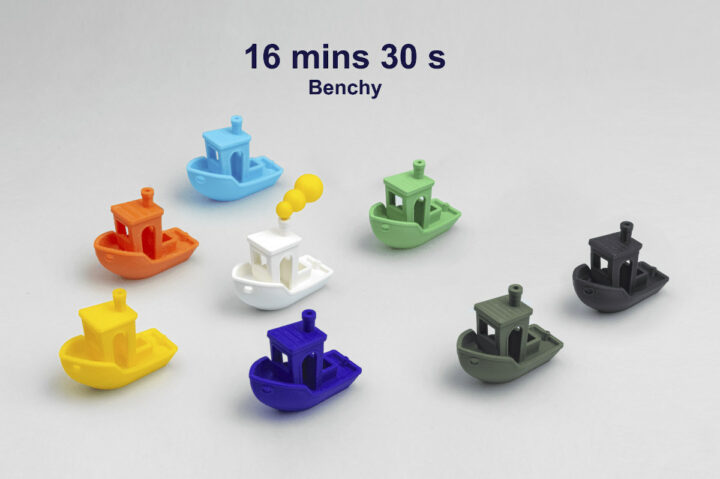3D printing can be time-consuming and challenging, and even today, it’s still not as easy as using a photocopier, but the team at Bambu Lab has taken it upon itself to make a better, easier-to-use 3D printer with the X1 color 3D printer combining LIDAR and AI technology to level the bed, calibrate the prints, and detect anomalies.
The Bambu Lab X1 3D printer supports up to 16 colors, is making removing support easier with snap-away material or dissolvable filament, can handle PC and PA-CF filaments beyond the traditional PLA and PETG filaments, manage up to 500 mm/s prints, and provides better prints with features such as active vibration compensation. Oh, and you don’t need to assemble it, since it comes fully assembled and ready to use out of the box.
There are two models of the 3D Printer with X1 and X1 Carbon with the latter featuring more sturdy materials like aluminum and hardened steel, and additional features such as an extra auxiliary fan with closed-loop control, an air filter, and a monitoring camera. The X1 Carbon can also provide better printing for PA and PC filament, and it’s the only model that can properly handle carbon/glass fiber reinforced polymer filaments.
The 3D printer controller features a dual-core Cortex-M4 microcontroller, while the AI/Linux part runs on a quad-core Cortex-A7 processor @ 1.2 GHz with a 2 TOPS NPU, which could be a Rockchip RV1126 SoC, although the processor is rated at up to 1.5 GHz. The company will provide its own Bambu Studio slicer software for Windows and macOS, but the printer is also compatible with Cura, Superslider, and others generating G-code. The company will make some parts of the software open-source, but keep the hardware and firmware closed-source as explained in a blog post.
Some of the samples are quite impressive with the castle shown below especially standing out.
But it’s also possible to make simpler objects like this nice-looking color enclosure for Raspberry Pi 4.

The X1 printer is also fast with the Benchy sample printed in 16 minutes and 30 seconds with a 0.1mm layer height (TBC).
For reference, Karl’s attempt at speed printing with Benchy resulted in a 37 minutes print with a 0.3mm layer using Longer LK5 Pro 3D printer. The company admits the 3D printer is still not quite as easy to use as a consumer device, but they’ve gotten closer to their goal:
Do all those smart features completely eliminate tinkering and tuning? No.
Is this printer as reliable as a photo copier? No.
Is this the printer you guys dream of? Not there yet.
Bambu Lab has launched the X1 and X1 Carbon 3D printers on Kickstarter with so far over 6.5 million dollars raised from about 5,200 backers. There are only about 5 days left, and all early bird rewards are gone, but you can still pledge for the X1 and X1 Carbon for respectively $800 and $1,200. The retail prices (MSRP) are expected to be $999 and $1,449. Shipping adds about $27 to China and Hong Kong, but shipping to Europe and the US goes up to about $135, and double that for some other destinations like Singapore or Thailand. Crowdfunded 3D printers have a rather poor history with a high failure rate, but it looks like the Carbon X1 is already manufactured or soon will be with rewards expected to ship in July or August 2022, so the risks may be limited.
Thanks to Karl for the tip.

Jean-Luc started CNX Software in 2010 as a part-time endeavor, before quitting his job as a software engineering manager, and starting to write daily news, and reviews full time later in 2011.
Support CNX Software! Donate via cryptocurrencies, become a Patron on Patreon, or purchase goods on Amazon or Aliexpress








